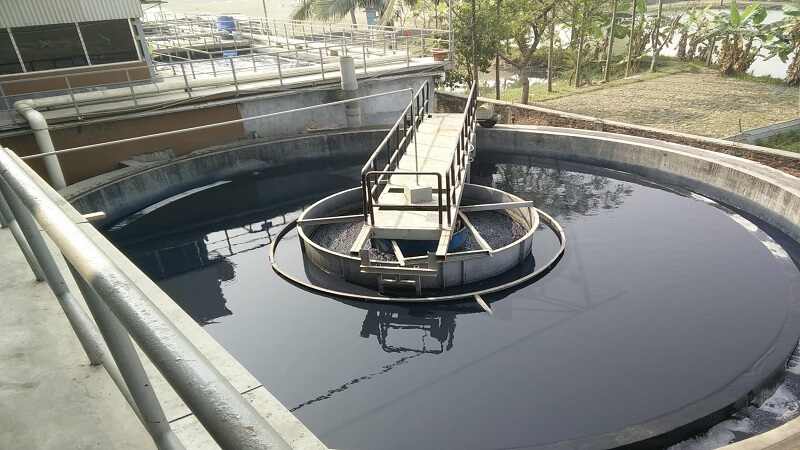Sludge Characterization and Management: Sludge Mapping




Solid sludge is the by-product of effluent treatment plants. Textile solid sludge may contain toxic materials, including heavy metals and organic components that pose serious risks to human health and the environment. Based on a rough calculation, at present the local textile industries produce about 217 million m3 effluent, and 50 thousand metric tons of suspended solids. The amount of sludge could be even higher because of the function of chemical and biological ETPs.
Landfill is the most common method of disposal of industrial sludge. However, leachate from landfilled solid waste contains various pollutants that can pollute nearby water bodies and water streams. Incineration of solid waste is another common method of sludge disposal. But that too releases a variety of toxic pollutants depending on the composition of the waste. Other options for sludge management and disposal include: solidification and stabilization of solid sludge; using sludge as an ingredient for fertilizers; producing biogas; and using the sludge as a boiler feed to generate heat. However, such applications are subject to solid sludge properties and characteristics, which depend on the production processes and effluent treatment techniques applied. For example, solid sludge generated from a Physico-Chemical ETP of a knit dyeing factory will be different in nature from that generated from a Biological ETP of a washing plant.
This Activity will analyze the characteristics of the solid sludge, categorize them based on the applied production processes (knit dyeing, woven dyeing, denim dyeing, denim wash, sweater, etc.) and effluent treatment techniques (physico-chemical, physico-chemical-biological, biological, etc), and develop a database of ETP sludge characteristics. These analyses will help local industries to choose suitable sludge management option(s) and ensure the right method of disposal. (tentative list of parameters: elemental analysis of metals and heavy metals, Fixed carbon, Volatile Organic Matter, Moisture content, Ash content, pH, Specific gravity, Total Dissolved Solids (TDS), Total Suspended Solids (TSS), Total Solids (TS), Hardness, Calorific value, Electrical conductivity, etc.).
The database will offer local industries access to information with regard to ETP sludge characteristics and sludge management, help building capacity of the local industries, and promote greater uptake of environmentally sound management of solid wastes; thus achieving SDG 12.4.
